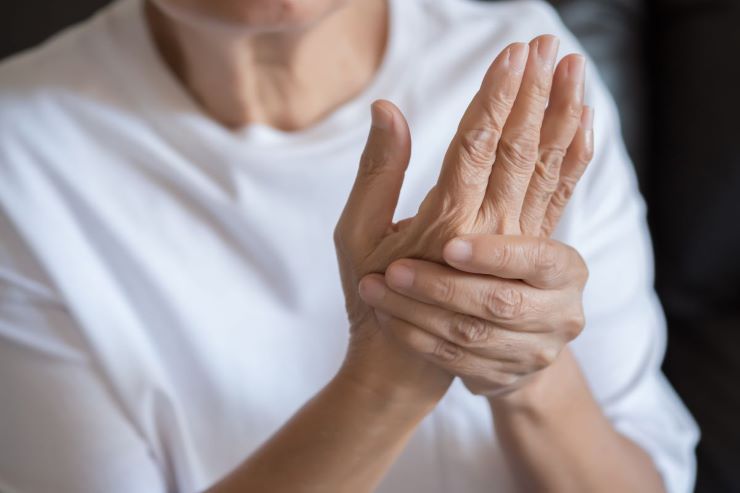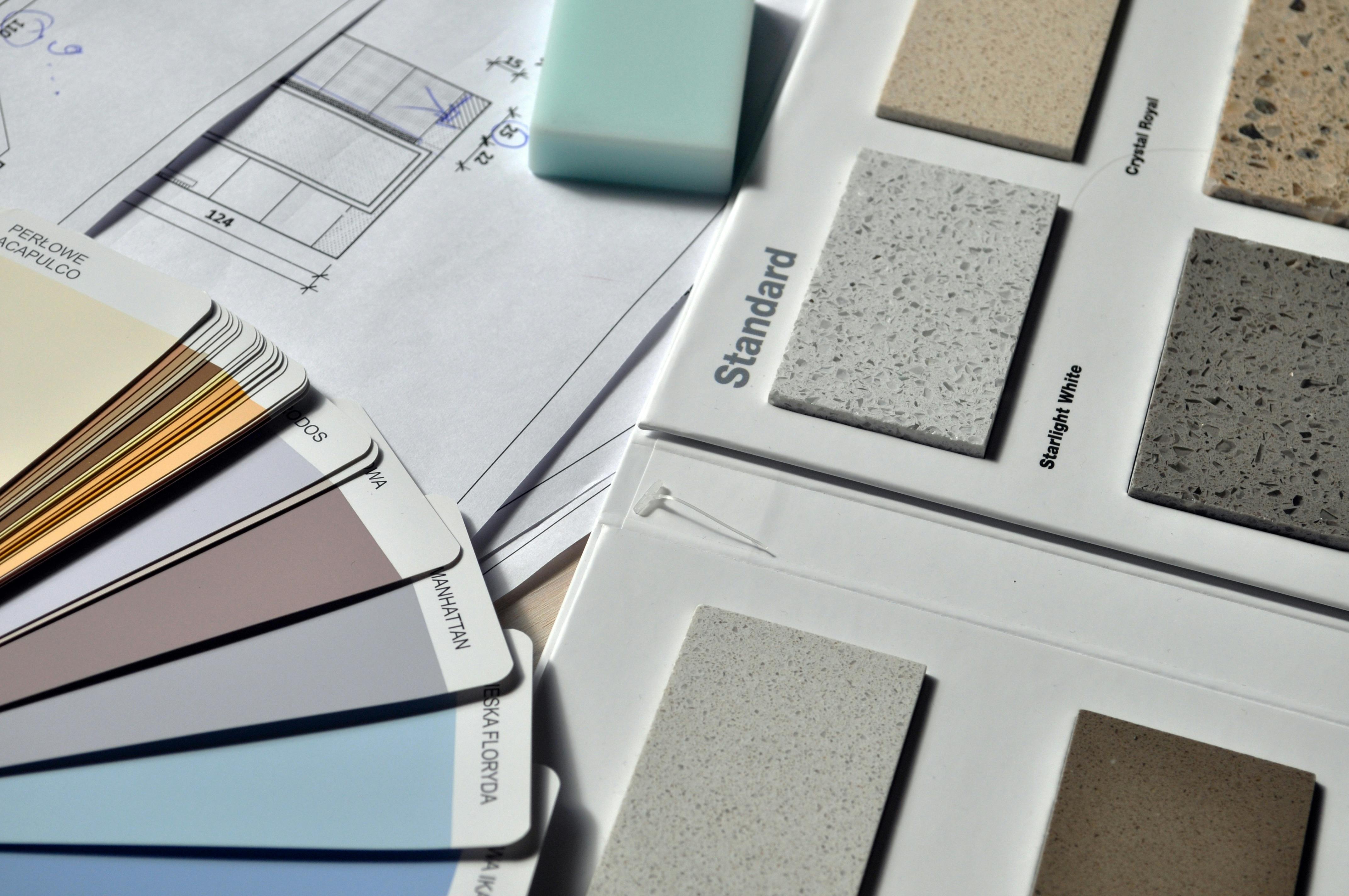A Guide to Exploring Non-Invasive Options for Managing Neuropathy Symptoms
Living with neuropathy can significantly impact daily life, causing pain, numbness, and tingling sensations that affect mobility and comfort. While traditional pharmaceutical approaches remain common, many individuals are discovering effective non-invasive alternatives that can provide substantial symptom relief without the side effects associated with medications. These emerging treatment options offer hope for those seeking natural, holistic approaches to managing their neuropathic symptoms while maintaining their quality of life.

Understanding the Causes and Symptoms of Neuropathy
Neuropathy occurs when peripheral nerves become damaged, leading to various uncomfortable sensations throughout the body. Common causes include diabetes, vitamin deficiencies, autoimmune disorders, infections, and exposure to toxins. The most frequently reported symptoms include burning pain, sharp shooting sensations, numbness in hands and feet, muscle weakness, and heightened sensitivity to touch. Diabetic neuropathy represents the most prevalent form, affecting approximately 60-70% of people with diabetes. Early recognition of these symptoms enables individuals to seek appropriate treatment before nerve damage progresses, making symptom management more challenging over time.
Exploring Non-Invasive Lifestyle Adjustments for Symptom Management
Simple lifestyle modifications can provide significant relief for neuropathy symptoms without requiring medical interventions. Regular exercise, particularly low-impact activities like swimming and walking, improves blood circulation and reduces pain intensity. Maintaining stable blood sugar levels through proper diet helps prevent further nerve damage, especially in diabetic neuropathy cases. Stress reduction techniques, including meditation and deep breathing exercises, can minimize symptom flare-ups. Proper foot care, wearing comfortable shoes, and avoiding extreme temperatures also contribute to symptom management. Additionally, limiting alcohol consumption and eliminating smoking can prevent additional nerve damage while supporting the body’s natural healing processes.
Latest Insights from Experts on Emerging Non-Pharmaceutical Approaches
Recent research has revealed promising non-pharmaceutical treatments for neuropathy management. Acupuncture therapy has shown measurable improvements in pain reduction and nerve function restoration. Transcutaneous electrical nerve stimulation (TENS) units provide targeted pain relief by disrupting pain signals to the brain. Physical therapy incorporating specific exercises and stretching routines helps maintain muscle strength and flexibility. Massage therapy improves circulation and reduces muscle tension associated with neuropathic pain. Cold laser therapy, also known as low-level laser therapy, stimulates cellular repair processes and reduces inflammation. These evidence-based approaches offer alternatives for individuals seeking non-drug treatment options.
Navigating Risks and Safety of Non-Invasive Therapies
While non-invasive treatments generally present fewer risks than pharmaceutical options, understanding potential safety considerations remains important. Acupuncture requires properly sterilized needles and licensed practitioners to prevent infection risks. TENS therapy should be avoided by individuals with pacemakers or during pregnancy. Physical therapy exercises must be performed correctly to prevent injury, particularly when balance issues exist. Some supplements marketed for neuropathy may interact with existing medications or cause adverse reactions. Heat therapy applications require careful temperature monitoring to prevent burns on areas with reduced sensation. Consulting healthcare professionals before beginning any new treatment regimen ensures safe implementation and optimal results.
Treatment Cost Considerations and Accessibility Options
Non-invasive neuropathy treatments vary significantly in cost depending on the chosen approach and geographic location. Acupuncture sessions typically range from $75-150 per visit, with initial treatment courses requiring 8-12 sessions. TENS units for home use cost between $30-200, offering long-term affordability after initial purchase. Physical therapy sessions average $100-200 per visit, though insurance coverage may reduce out-of-pocket expenses. Massage therapy sessions range from $60-120 per hour, with therapeutic massage potentially qualifying for insurance reimbursement. Many communities offer sliding-scale payment options or group therapy sessions that reduce individual costs while maintaining treatment quality.
| Treatment Type | Average Cost Range | Session Frequency | Insurance Coverage |
|---|---|---|---|
| Acupuncture | $75-150 per session | 1-2 times weekly | Limited coverage |
| TENS Unit | $30-200 one-time | Daily use | Often covered |
| Physical Therapy | $100-200 per session | 2-3 times weekly | Usually covered |
| Massage Therapy | $60-120 per session | Weekly or bi-weekly | Varies by plan |
Prices, rates, or cost estimates mentioned in this article are based on the latest available information but may change over time. Independent research is advised before making financial decisions.
Comparing Traditional and Alternative Methods for Managing Neuropathy
Traditional pharmaceutical approaches typically focus on pain management through prescription medications, including anticonvulsants, antidepressants, and topical treatments. While effective for many patients, these medications may cause side effects such as drowsiness, weight gain, and cognitive impairment. Alternative non-invasive methods address underlying causes while promoting natural healing processes. Traditional treatments often provide faster initial relief but may require ongoing medication dependence. Alternative approaches typically require longer implementation periods but offer sustainable, long-term benefits without medication-related side effects. Many successful treatment plans incorporate both traditional and alternative methods, creating comprehensive management strategies tailored to individual needs and preferences.
Non-invasive neuropathy treatment options provide valuable alternatives for individuals seeking symptom relief without pharmaceutical interventions. From lifestyle modifications and exercise programs to acupuncture and electromagnetic therapies, these approaches offer hope for improved quality of life. While treatment costs vary, many options provide long-term value through sustained symptom improvement. Success often depends on finding the right combination of treatments that address individual symptoms and circumstances. Working with qualified healthcare professionals ensures safe implementation while maximizing treatment effectiveness for optimal neuropathy management outcomes.
This article is for informational purposes only and should not be considered medical advice. Please consult a qualified healthcare professional for personalized guidance and treatment.




